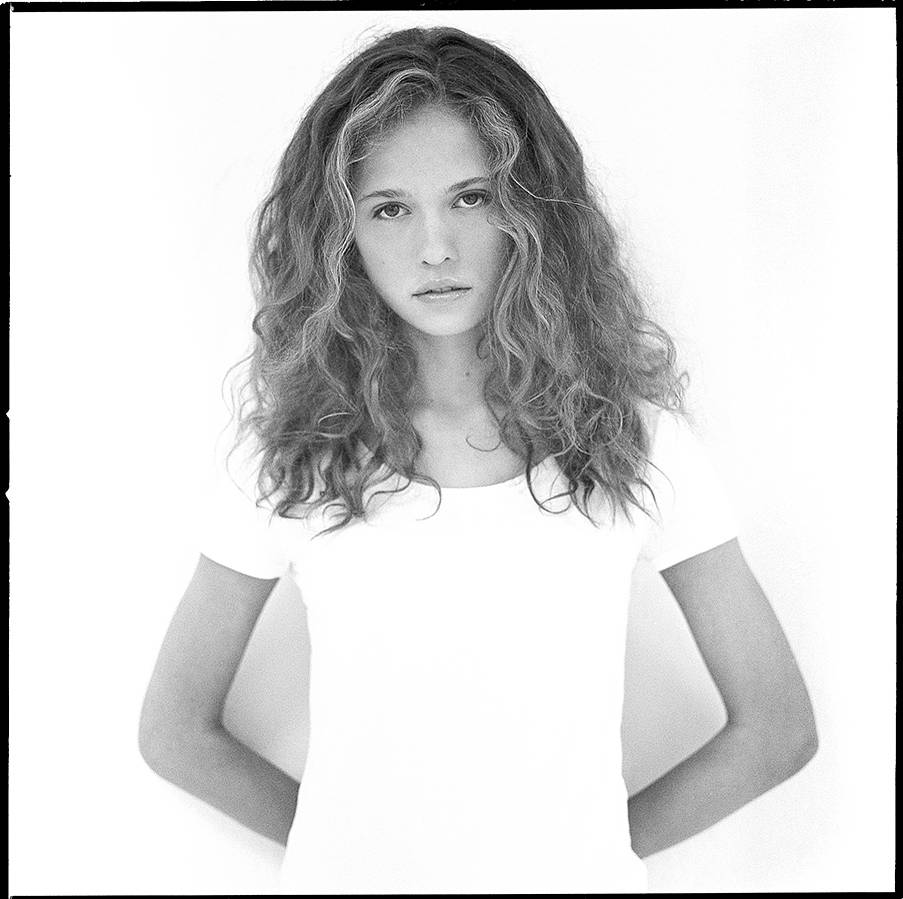Women on Monochrome: Portraits by Kostas Rutkauskas (NSFW)
7 Share TweetWe've gotten the chance to borrow some time from Denmark-based photographer Kostas Rutkauskas and his mesmerizing portraits of women that are reminiscent of Helmut Newton's models --fierce looks, deep gazes, emitting confidence in the splash of filmic grayscale. The difference? Rutkauskas approaches it softly and endearingly.
For the photographer, imperfections are the recipe for beauty and he sees people as such.
Check out his works and read what our quick one-on-one with the artist!

Hi, Kostas. Welcome to Lomography Magazine. Firstly, when did you first start to shoot analogue? Why?
I started shooting analogue when I moved to Copenhagen in 2009 and discovered the local art-scene. I learned about Dogme 95 in greater depth, discovered Poul Gernes, Mads Teglers, Fatamorgana, S Magazine and the likes. It was kind of a mixture of the old and new schools. I liked the raw minimalistic approach they employ here to create the arts.
Pop-wise it was an age of perfection and shiny plastic faces on the covers of the fashion magazines. It was also an age of pixel-wars between the big makers (C and N) and their sheep. It seemed that the mainstream photo world was more focused on gear and Photoshop filters than the actual picture they produce. I felt it's about the time to change the course. Perhaps that's why I found an exercise of getting back to the starting point and using only the basic tools in the medium quite appealing.

What do you love about film photography? What are your favorite gears?
It slows me down to the pace I'm most comfortable in. It carries innate randomness and produces imperfect pictures. The whole process is purely natural/physical/mechanical and captures the real world, real subjects. I find all those artifacts, like noise, dust, scratches during the development, my dog's hair on film, cables, and mess in the frame, real bruises, marks or asymmetry of model's body, all of them really beautiful.
You see, I want to bring the photography closer to the viewer. If you show him/her a picture of a thin plastic perfect body, he/she feels detached because it's far from what he/she is (or at least that's how one usually feels). Everyone is vulnerable and each carries its own vulnerability. Everyone is imperfect. The perfect model picture is not honest. Such aesthetics is silly. Models are regular everyday people around you, just like you. They too are vulnerable yet beautiful, just like you.

Gear-wise I use the most suitable camera for a specific scenario. Medium format Hasselblad for soft, perfectly-composed, bigger portraits. Voigtlander Bessa 35mm or any point-n-shoot when I don't need the precision, want to be slightly faster and get closer to the subject. The smaller camera also reveals more of my face which is kind of important if you want the process to be more personal. My favorites are the cameras I owned for more than a few years -- it takes a hell of the time (and wasted rolls) to master a tool.
What do you love about taking photographs of the female form?
I think it's the most beautiful and the purest thing in this world. I love the freedom it radiates. It is a positive energy and I enjoy capturing it.
What inspires you?
Movie makers. My favorites are Aki Kaurismaki, Lars von Trier, Krzysztof Kieslowski, Roy Andersson and Michael Haneke. It's their approach, not movies, that inspire me the most. See, each of them did something extraordinary to redefine the movie (read 'art') production. Kaurismaki movies told stories about regular working class people and their problems. He shot those movies on such tight budgets, often in unstaged locations, like harbors of Helsinki. The actors used their own clothes, etc. Yet those stories were so strong and questioned modern problems (i.e. consumerism) in great detail and with much more power & granularity than any other movie with a 100x bigger budget than his. That's fascinating.
Lars von Trier redefined the movie creation via Dogme 95 and you still see the after effects of it in the modern Hollywood. He decided to start from a scratch, listed clear restrictions and used only elementary means to shoot the film. Kieslowski and Haneke shot intense, moral yet neutral stories without giving any explanations and made you feel really uncomfortable at times. Meaning that art should not only deliver you a satisfactory vibe. It should not necessarily always give you the answers. You should work in the 'process' too. Ultimately, there's Roy Andersson who delivered the 'Living Trilogy'. It took him 25 years and countless experiments to produce the very first part of it. Once you see it with all those long takes, rhythm, purity, and the most gorgeous method to present the absurdity of life, you quickly understand why such a perfection takes years of polishing.

Any upcoming project we should all be keen about?
I guess it's time to say that I'm actually a software engineer by trade. I earn my rolls & sheets of T-Max by coding databases for banks or other enterprises.
That said, I always wanted to know how people interact with the art. Then recently I got this idea how to implement 'it'. 'It' will combine my programming skills and analogue works. Stay tuned.
Kostas is also the man behind the Helmut App Film Scanner. For more of Kostas' works, visit his website. and Instagram.
2017-08-22 #people #portraiture #film-photography #kostas-rutkauskas


























No Comments